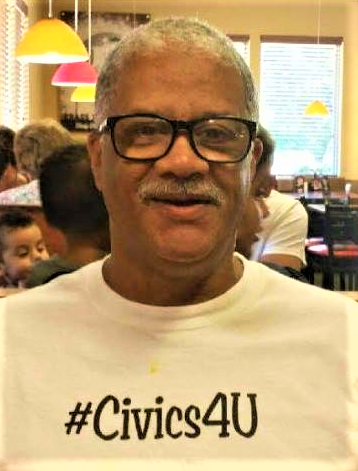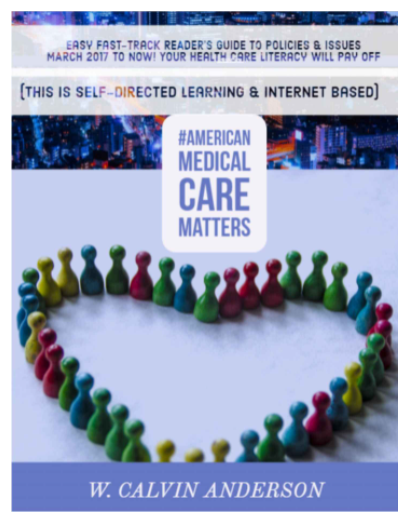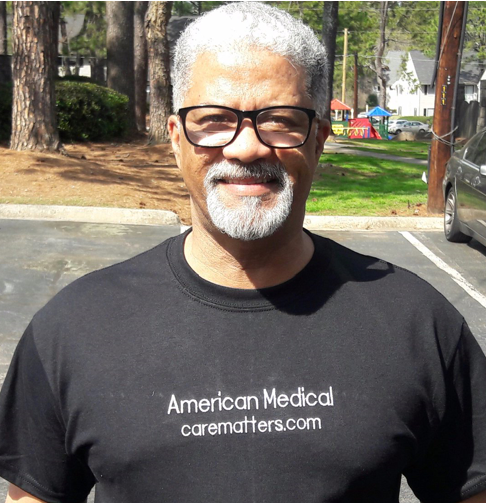Empowering Students - Including The Priceless Parents
Training future leaders stakeholders based on merit
STEM Education
Innovative training for future scientists.
Engaging civic health initiatives.
Explore climate change solutions.
Civic Health
Arts & Culture
Finding Collaborations Alignments and Collaborations during American Reconstruction before our 250th Anniversary
Empowering Students for Tomorrow
We train student stakeholders through diverse media perspectives in STEM, civic health, climate change, CTE, tourism, history, media, business, and arts, Steemmagazine.wordpress.com, Groovetrak.net, See W. Calvin Anderson education and development since 1992.


150+
15
Join Our Community
Trusted by Many
About us
Backgrounder: Navigating the New Federal Education Landscape (2025)
Strategy for Educators and Professional Contractors in the Era of State Autonomy
The current federal administration has initiated a significant policy shift in U.S. education, moving away from prescriptive federal oversight toward a model of "Returning Education to the States." This shift fundamentally changes how professional educators, service providers, and contractors must approach K-12 and P-20 engagement. For programs like the Student Empowerment Program (W. Calvin Anderson, MS. ED.), this is not a retreat, but a call for targeted, state-level strategic partnership.
This backgrounder outlines the key federal reform interests and provides a roadmap for professionals seeking to support student success from Birth through Postsecondary (P-20) in this new decentralized environment.
I. The Federal Reform Mandate: Decentralization and Consolidation
The federal interest in U.S. education is now defined by a mandate to reduce the administrative footprint of the Department of Education (ED) and empower state and local agencies. This is achieved through three key federal policy levers:
Devolution of Authority via Waivers: The ED is actively encouraging State Educational Agencies (SEAs) to utilize existing statutory flexibilities and apply for waivers from federal rules under the Every Student Succeeds Act (ESSA). This empowers states to redirect federal dollars and craft unique solutions free from federal "red tape."
Strategic Focus on Core Academics: The federal policy priorities are narrowing to a few non-negotiable areas, most notably Evidence-Based Literacy. This renewed focus directs federal funds and accountability toward ensuring all students achieve reading proficiency through explicit, systematic instruction.
Administrative Consolidation: Proposed federal budget cuts and a Reduction in Force (RIF) within the ED aim to consolidate multiple competitive and discretionary grant programs into a smaller number of large block grants (e.g., a simplified K-12 Funding Program). This means fewer specific federal grants but larger, more flexible pools of money managed entirely by the states.
II. The New Imperative: State-Level Partnership (Birth to 12th Grade)
For professional contractors and educators, the path to supporting students no longer runs primarily through Washington D.C., but through State Houses and local districts. To succeed, engagement must align directly with immediate state and local priorities:
Past Approach (Federal Compliance)Current Approach (State Partnership)Focus: Navigating ED regulations and compliance requirements (e.g., Title I).Focus: Addressing state-specific themes (e.g., Workforce Development, Teacher Shortage, K-12 Funding Formulas).Goal: Securing federal grants and ensuring accountability metrics.Goal: Providing evidence-based solutions that demonstrate high Return on Investment (ROI) for state-managed funds.Entry Point: ED Program Offices (e.g., Office of Elementary and Secondary Education).Entry Point: State Educational Agencies (SEAs), State Boards of Education, and Governors’ Offices.
The Strategic Entry Points for Contractors Today:
Literacy Support: Since Evidence-Based Literacy is a key ED priority, states have both the federal encouragement and the funding flexibility to contract with programs that offer proven, systematic, and intentional reading instruction models.
Teacher Workforce Solutions: States are prioritizing the teacher pipeline (e.g., Grow Your Own, residency programs). Contractors must position themselves to partner with SEAs and universities to develop and implement these career pathways.
School Choice Programs: With federal policy supporting Education Choice, professional services that support non-public schools, charter schools, or specialized parental education resources are essential partners for state-managed choice initiatives.
III. The P-20 Link: Connecting K-12 to Career
The shift in federal policy reinforces the need for comprehensive P-20 (Preschool to Postsecondary) alignment, particularly through Career and Technical Education (CTE).
Perkins V and Secondary-Postsecondary Linkages: Federal law (Perkins V) already mandates coordination between high schools and postsecondary institutions. In the context of a state-led agenda focused on workforce development, professional programs must design their services to strengthen these linkages. This includes supporting the development of:
Articulation Agreements: Allowing students to earn college credit for high school CTE coursework.
Dual Enrollment/Credit Programs: Offering students an immediate, tangible link between their K-12 achievements and their postsecondary future.
IV. The W. Calvin Anderson, MS. ED. Advantage
The Student Empowerment Program (W. Calvin Anderson, MS. ED. circa 1992-2025) is uniquely positioned to thrive in this new landscape because its "wraparound" model is inherently state-centric and student-focused, predating the federal shift.
With experience spanning over three decades, the program:
Offers Continuity: The program's longevity (since 1992) demonstrates a sustained commitment and a proven track record, providing the stable, evidence-based solutions that states now demand after years of shifting federal priorities.
Embraces Flexibility: The "wraparound" approach is designed to be adaptable, working across academic, social, emotional, and career needs. This flexibility is crucial for successful partnership with states that are now defining their own unique funding formulas and priorities.
Focuses on Empowerment: By maintaining a mission of student empowerment, the program aligns with the current national conversation focused on academic achievement, parent partnership, and preparing every student for career and life success—the ultimate shared goal of federal, state, and local entities.
In the current environment of state-driven education reform, the Student Empowerment Program is prepared to be the essential strategic partner that helps states translate their newfound autonomy into tangible results for all Birth to P-20 students.








W. Calvin Anderson's Classroom Archive: The Foundations of 30 Years of Student Success
Empowerment Services
Training student stakeholders through diverse media perspectives in various fields.
This link offers a deep dive into the practical, on-the-ground teaching philosophy and foundational educational materials created by W. Calvin Anderson, MS. ED. Spanning the period from 1992 to the present, this archive is a testament to the evidence-based strategies that initially fueled the Student Empowerment Program. Explore the original principles, curriculum development, and classroom insights that laid the groundwork for our comprehensive, P-20 wraparound support model and established our three-decade commitment to student mastery and autonomy and experiences,


Civic Health
Promoting civic engagement and health awareness among students using interactive media strategies.
Explore climate change initiatives and empower students to take action through media education.
Climate Change






Civic Health
Contact Us


Reach out to us for inquiries about our student empowerment programs and training opportunities.